Creativity: Week 2
Last week, we began a new series about how to overcome creative slumps. We discussed small spaces and ways in which we can work with them rather than constantly fight them. This week, as we continue to think about concrete ways to overcome those ruts, let’s think about the ways in which we use light.
Many of us have a distinct comfort zone that can be sometimes difficult to step out of. But, if overcoming a creative rut is about anything; it’s about intentionally making ourselves a little uncomfortable. Hard, directional light is my personal favorite. There’s just such natural drama and emotion that it brings to an image (cue the music crescendo). But, this was not always the case. When I first started shooting in manual, nice flat light was my comfort zone (like many others). Now, I avoid it at all costs, except when I’m moved by a particularly emotion-filled moment or subject.
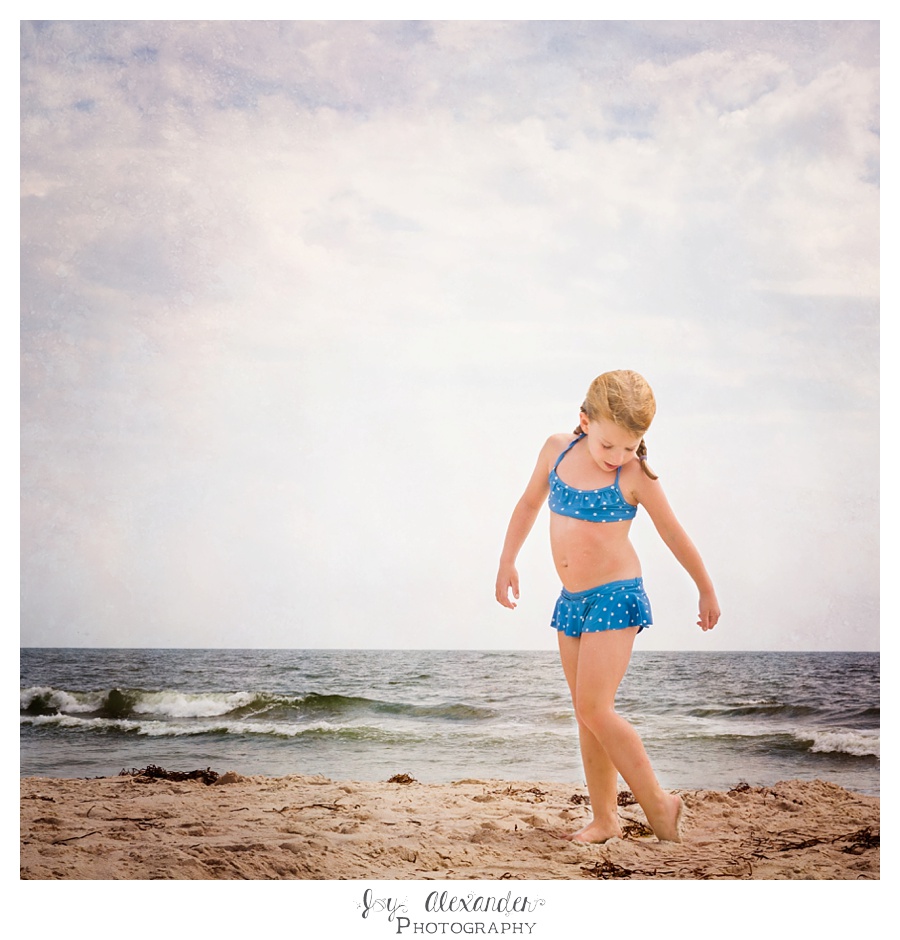
The name of the game, when working to get ourselves out of a funk is to experiment. To try something new. So, let’s think about some types of light that might be harder to work with (or with which you might not be as comfortable).
Low Light
Much like when working in small spaces, which are also usually dark (see Week One’s discussion of space), low light necessitates a fast lens. Something that can open up to at least 1.8 is extremely helpful. Typically, we’re metering for highlights so that much of the rest of the frame is thrown into shadow. This works really well to convey a sense of mystery or fatigue or even fear.
One thing to consider in low light is that your lens might have trouble autofocusing, so focusing manually may be necessary. Additionally, if you must slow your shutter down below 1/125, you *may* need a tripod. I personally don’t use one when I’m shooting off the cuff (ex. kid bed time) but if it’s something important, as the image below was, I break that baby out!
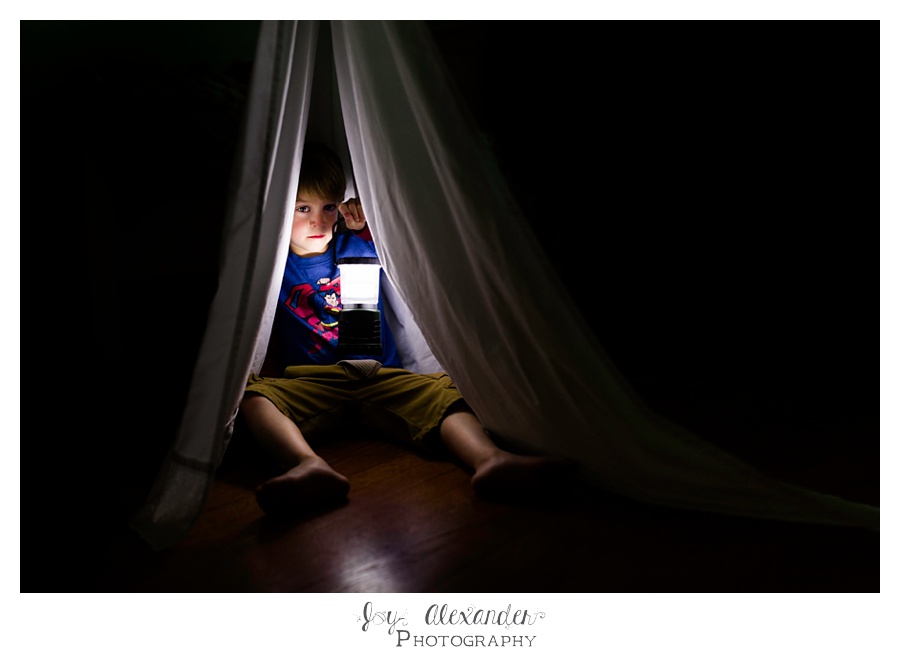
Sunflare/Sunburst
Shooting into the sun and including it in the frame adds such a sense of lightness and fun to an image. But, all that light bouncing around in there can wreak havoc on your ability to focus. If you run into this, try shading the lens with your hand while you focus, and then remove it for the shot. With respect to sunflare vs. sunburst, the former occurs when shooting at wider apertures while the latter happens when you close down your app. Both require the sun to be at least partially present within the frame, and to also be clipped by an object or the edge of the lens. In order for the flare or burst to be visible, you also need a darker background.
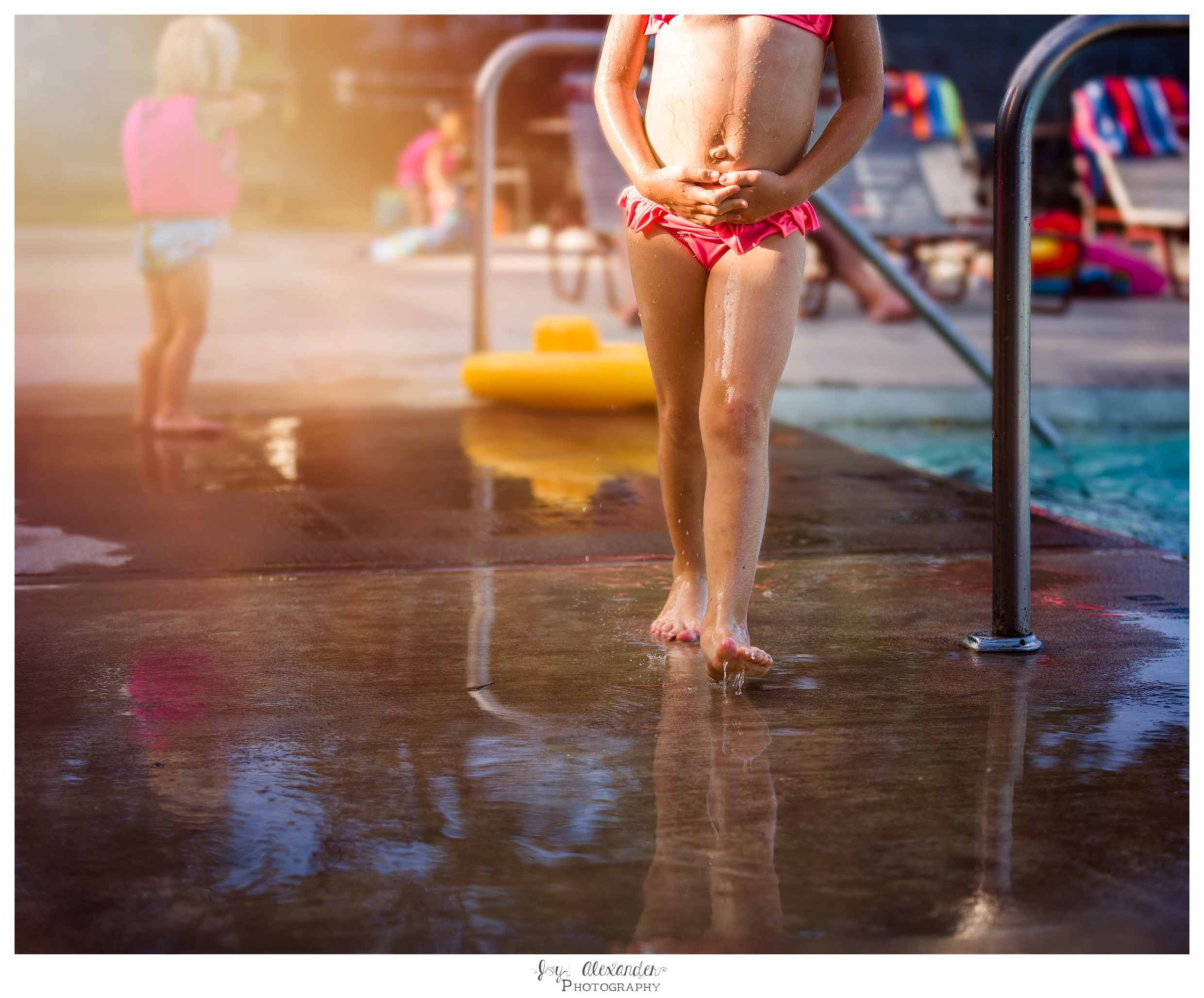
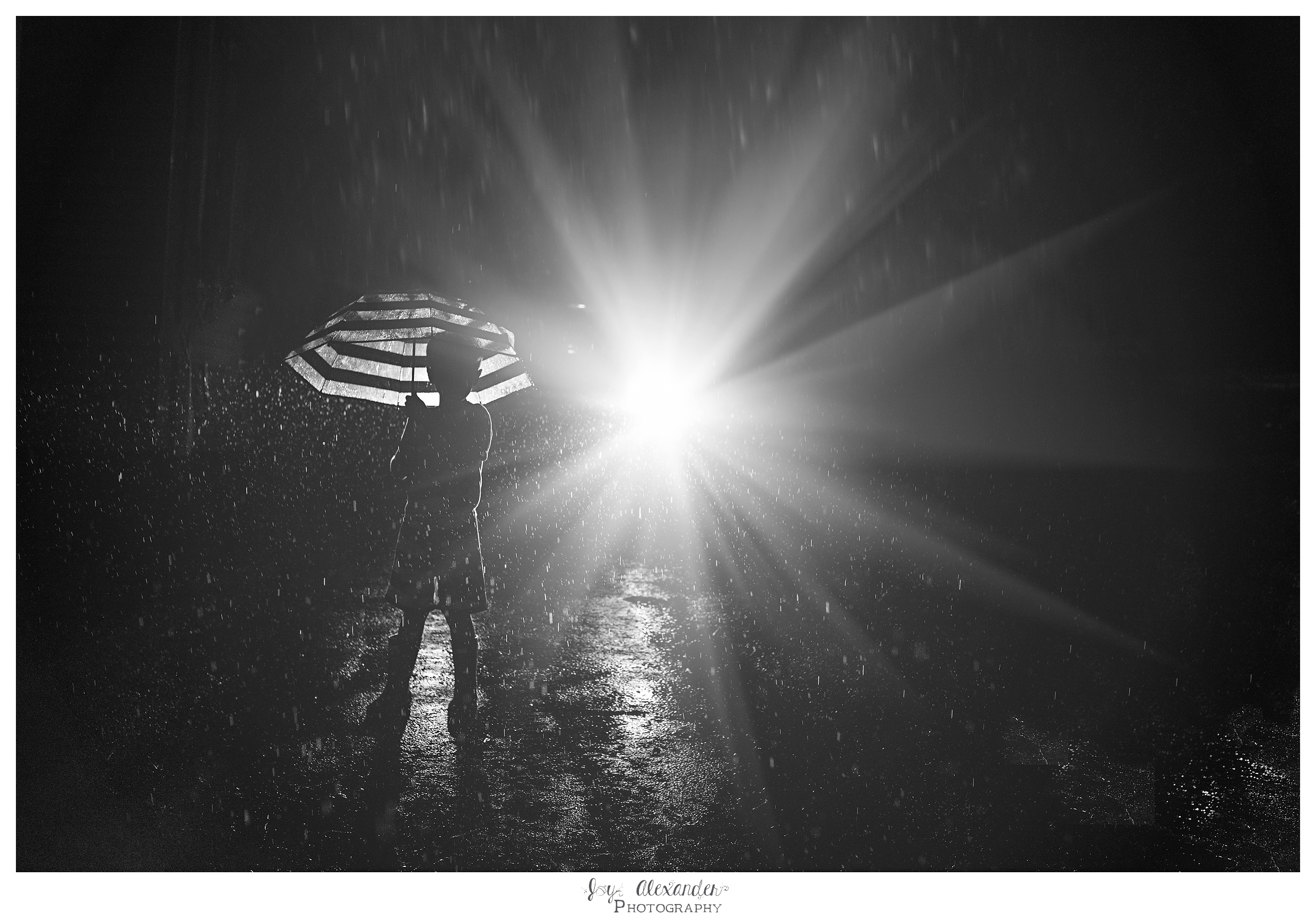
Full Sun
Are you running away? I can hear it, “Full sun! Nooooo!” While it is arguably the most difficult type of lighting to work with because of the harsh shadows, easily blown highlights, and the squinty eyes of a contorted face; it doesn’t have to be frightening. There is such a joy and ease to images shot in full sun…all the saturated colors and lovely contrast. As a result, lifestyle and documentary images tend to lend themselves most successfully to this type of light. This is due to the fact that there is more movement in the images compared to a true portrait or landscape. There are some easy ways to work in the bright light of midday. One option is to put yourself in between your subject(s) and the sun. Or have your subjects facing at a 90-degree angle to the sun. And, when all else fails, embrace accessories. Hats, sunglasses, etc. can all add a fun element to an image and help you to minimize some of the difficulties associated with it.
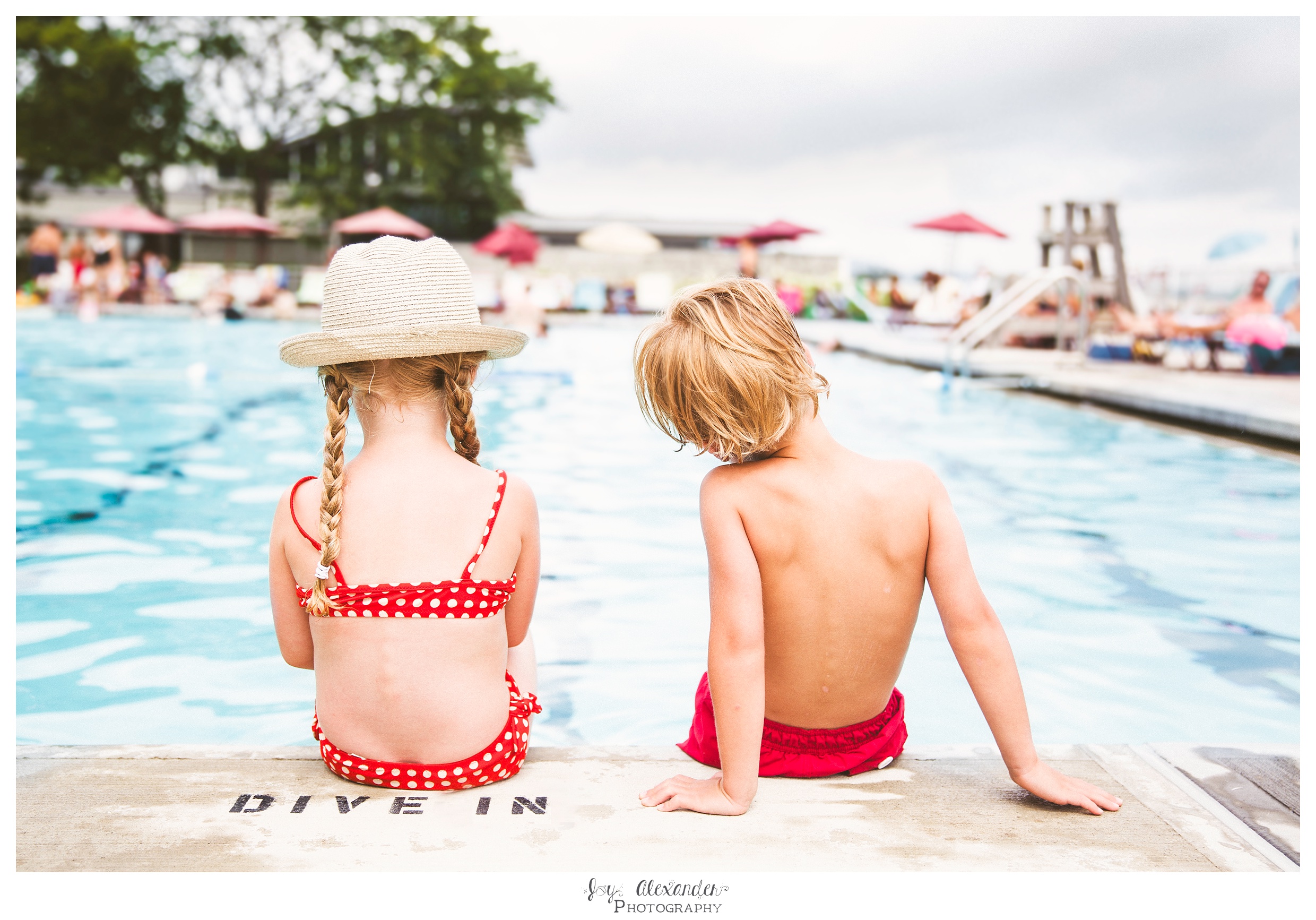
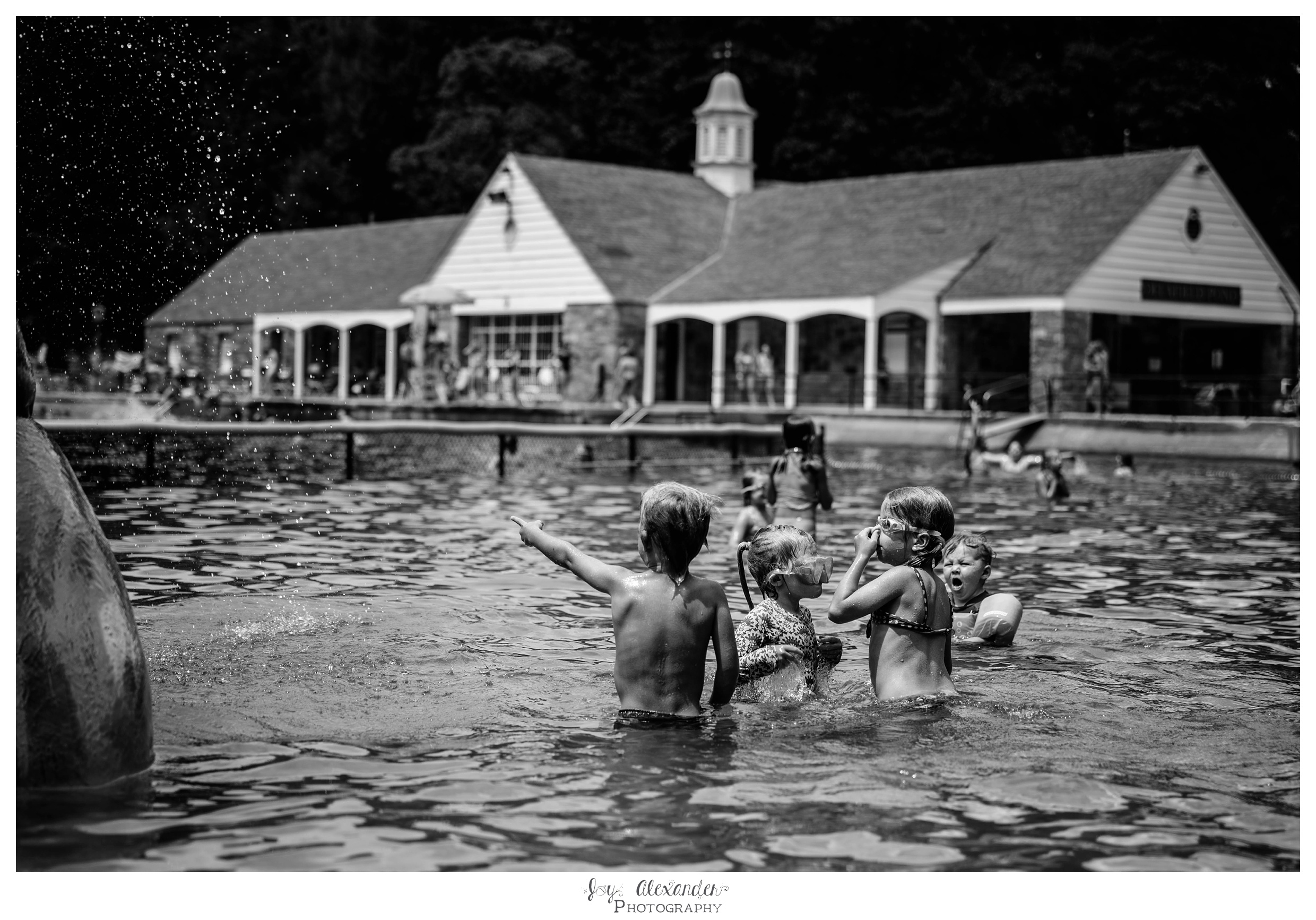
Directional/Hard Light
Last, but certainly not least in my book, is directional light. This particular type of light is created when your light source is coming from one direction and one direction only. A window, a door, a lightbulb, flash. If you have one light, you’ve got directional. It is often characterized by a small but brightly lit area, surrounded by increasing shadows. I ADORE the moodiness that directional lighting can add to an image. And, if you read last week’s post, you know my house is a tiny cave, so directional light is pretty much all I’ve got. I always meter for my subject’s midtones when shooting with directional light, to ensure that the increase or decrease in shadow is more gradual. This gives me much more wiggle room on the back end when editing.
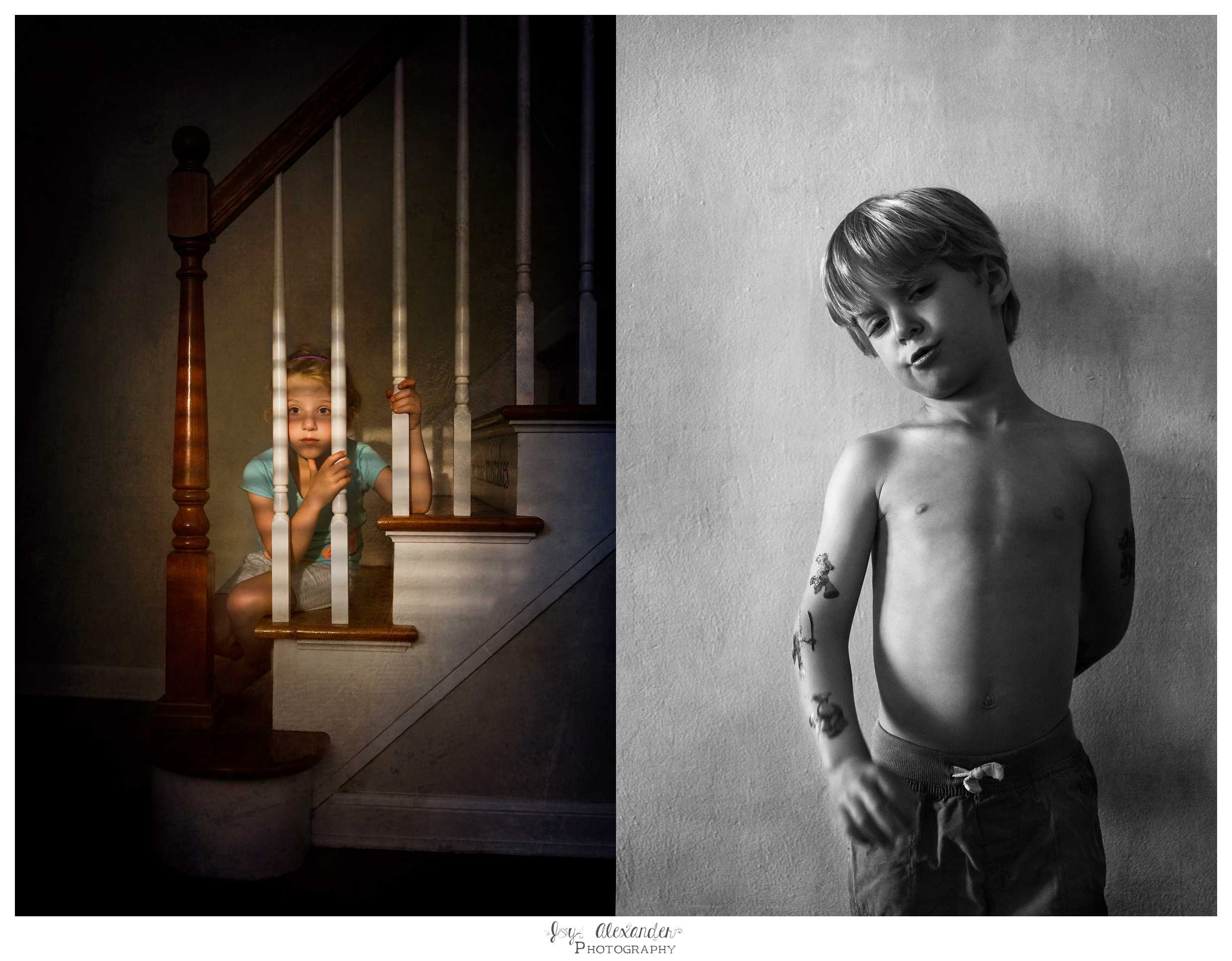
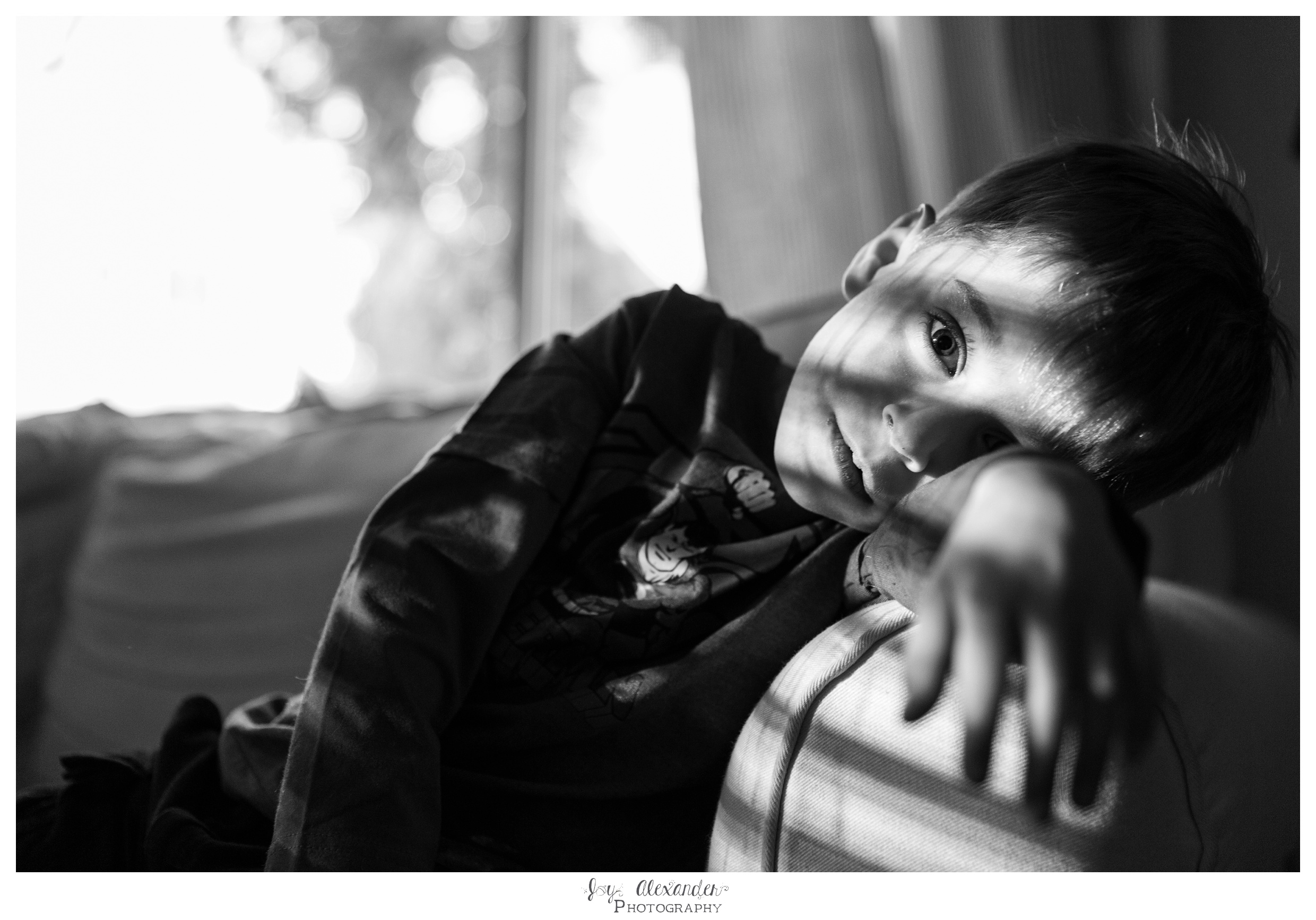
Whichever type of light you push yourself to experiment with this week, embrace its possibilities and limitations. Don’t fight it. And, by all means, share some of your favorites on the Joy Alexander Photography Facebook page! We’d love to see them and feature them!
Joyful & Honest Rockland County Photographer
Gina specializes in modern & emotive family imagery. By focusing on the relationships of parents and their children, she is able to go beyond the standard pose and capture the true emotion of her clients’ relationships. Visit the Session Info page for more details.
be the first to comment